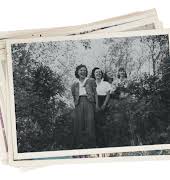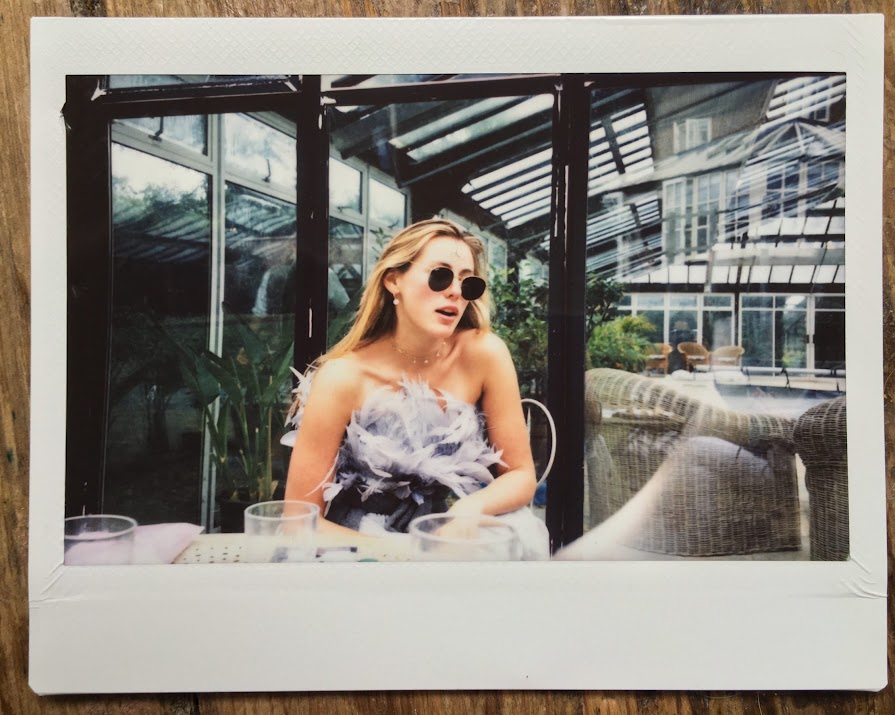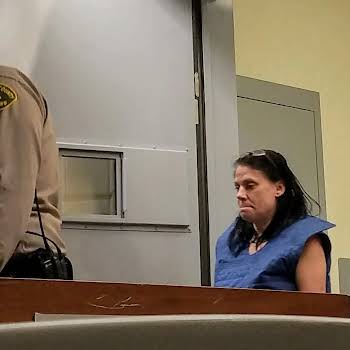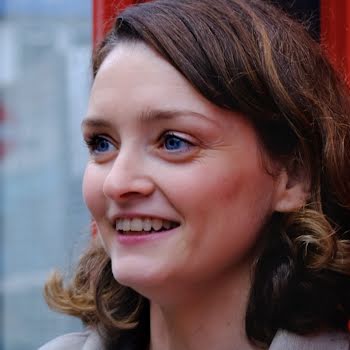
By Jennifer McShane
28th Mar 2020
28th Mar 2020
We’re obsessed with female friendships – especially when they go awry. The power dynamics, the hurt, (s)he said/she said, the urge to pit two women against each other – this is what has become of the Caroline Calloway saga that back in September 2019, was the talk of the internet. Her friendship gone awry with Natalie Beach was published in an essay on The Cut, and this coming Tuesday Calloway will finally publish her side of the story. Does it seem important during a pandemic? No. But will it be a welcome distraction? Absolutely.
But who is Caroline Calloway?
In layman’s terms, she is an influencer. She gained notoriety back in 2013 for her long-form Instagram captions detailing life, love and more magical moments while at Cambridge. Things turned when she had a book deal (and then didn’t) but planned to go on a live tour to meet fans and do a series of workshops.
Suffice to say, it didn’t go to plan; there were mix-ups and mason jars galore, but comparisons to Fyre Fest are unfair. Calloway isn’t a scammer who conned people out of millions, it was a live Instagram story case of the cart before the horse. The word “cancelled” got mixed into the furore, there were Twitter threads and inexcusable t-shirt slogans that were allegedly used as a tool for harassment on Calloway’s part.
So why all the fuss?
It’s all to do with an essay published by New York Magazine’s The Cut. Its author is a freelance writer named Natalie Beach, and it describes Beach’s friendship with Calloway and how it came to be no more. Essentially, Natalie explains that she was a ghostwriter for Calloway. She edited and often wrote the bulk of the captions that put Calloway on the influencer radar – it was, according to Calloway, always a joint effort – and helped her put together her book proposal. It was she who helped Calloway build her brand.
And to be fair, Calloway acknowledges this. In a frantic series of Instagram tiles, she admits she wasn’t the friend she could have been to Beach.
There was much hype about Calloway’s book, but September of 2017, Calloway announced that the book proposal she had sold was too sexist and she was no longer interested in writing it. “Starting now this love story I’ve been telling you on Instagram will also be a true story, in all of the ways, not just the ways I think publishers will buy,” she wrote. “It’s a love story about a girl and her creativity.” She then explained via her Instagram Stories, she owed her publisher the $100,000 of her advance that she’d already been paid — but she had spent it all already. Her publishers were kind about it, she said.
Two sides to the story
Fast forward to 2019 and Beach told her side of the story, with mixed results. There were controversial statements – including that Calloway bought the bulk of her following in the early days – but at the heart of it was a friendship. Beach was in awe of Calloway’s rich and exciting life, she was struggling with self-image and odd jobs. She had none of Calloway’s confidence and seemed to both admire and resent her in equal measure. Calloway loved her ability to tell a story.
The pairing worked – until it didn’t. The floundered book deal and Calloway’s spiral into her Adderall addiction meant Beach – who was promised 35 per cent of the book’s profits – eventually recognised that the book was never going to happen.
Related: ‘When a female friendship ends, it doesn’t have to be viewed as failure’
In truth, there are two sides to this: Beach sees a friend who seems to effortlessly have it all, who gets the fame and attention, while she slaves away in the background, uncredited for her work. It may have been fine in the beginning but towards the end, it was clear she resented the ghostwriting. Men look at Calloway differently to Beach, as is written in the essay’s climax, all of the events together showcasing that in reality, the two women are worlds apart with little in common.
In contrast, Calloway has her own struggles and from the outset, seems to covet creativity, seemingly without actually wanting to do much of the graft that comes with it. And ultimately, they each fail the other in their own way: Calloway for abandoning Beach as she walked the streets of Amsterdam alone, and Beach for writing her side of the story (as she is allowed to do) though detailing her friend’s darkest moments in a very public manner.
The rift in the dynamic of the friendship is obvious and people are either for Beach or against Calloway, but one thing is clear: both women are portrayed in a negative manner. Both have been wronged, are wronged, have made mistakes – and are taken to task by the media for it.
The title of my Natalie response is “I Am Caroline Calloway” and it will drop at 8 AM EST on Tuesday, March 31st on https://www.iamcarolinecalloway.com/ where 100% of PROCEEDS from the site’s paywall will be donated to charities fighting COVID-19.???? ?
(????)? ? OK ? pic.twitter.com/NP1HeYZdG2
— ??Caroline Calloway (@carolinecaloway) March 26, 2020
It was never about an Instagram caption, it’s really the dissolution of friendship in a public showdown on social media – and in the grand scheme of things now, it’s hard to see why we all got so worked up about it in the first place. That said, does Calloway deserve to tell her side of the story? (she’ll publish it on her website as per the tweet above). And will we be glued to the article when it drops on Tuesday?
Hell yes.
Main photograph: @Micha_Frazer






















